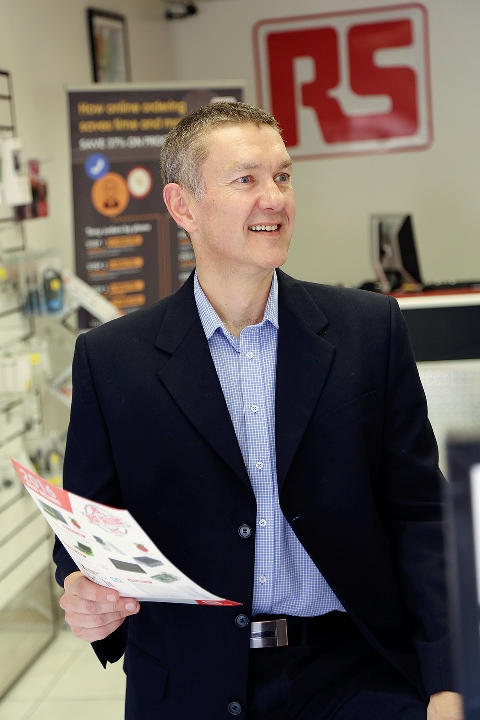
It does not matter if times are good or bad – waste is never welcome at any proactive business. Business is primarily driven by profit and efficiency, and waste is an attack on both. But many businesses, particularly among manufacturers, overlook a major cost hidden among their operations: that of MRO (maintenance, repair and operations) procurement.
MRO or indirect procurement concerns those many small parts needed to keep equipment running. It’s fundamentally a supply chain/procurement discipline, but not often considered as a cost centre. Individual MRO items – small parts in big machines such as light bulbs, safety switches, connectors, push buttons, power supplies etc. – tend to be inexpensive and not attract much attention. Yet as a pool, MRO procurement can represent a significant purchase base for companies.
The days of MRO being overlooked are numbered. According to a survey conducted by RS Components and UK-based CIPS (the Chartered Institute of Procurement and Supply), the focus is on to reduce MRO spend. Over half cited pressure on operation budgets or reducing inventory costs, followed by asset performance (42%) and continuous improvement (38%) as motivations.
This message is less apparent in the South African market, but given the current tough economic conditions, it’s well worth discussing. What can local businesses do to curb their MRO spend?
Taming MRO
Many businesses underestimate the amount they spend on MRO products over the course of a year. They also rarely understand the significant hidden costs associated with MRO procurement. In reality, the overall process of procuring a part can be double that of the actual part. Our research shows that an organisation spends £2 on the MRO procurement process for every £1 spent on the MRO product itself. Bigger footprints such as multiple locations amplify this effect. South African patterns are unlikely to buck the trend.
What causes such a poor ratio? It may be because too much time is being spent on finding the cheapest product, or using the wrong strategies for example category management and contracts negotiated on price alone to manage unplanned indirect spend. This may negate any actual savings made as extra processes and delays accrue costs.
Another reason is that MRO purchases often happen under the radar and tend to ignore official procurement channels. It may seem faster for an engineer on the floor to quickly acquire a spare part and get operations running again, using a convenient supplier. But amplify this over many instances and the purchases can compound into astounding inefficiencies.
Every company can meet this challenge with a good MRO strategy. It requires a new way of thinking and saving: a successful MRO strategy relies on all stakeholders involved in indirect procurement to collaborate. It must focus on improving the whole process of buying parts, involving stakeholders such as engineering, operations and finance functions, with buy-in at the c-suite level.
The strategy itself should aim for several objectives, which may include:
Reducing ‘maverick’ spend, where the user selects vendors outside the agreed supplier framework.
Consolidating suppliers so procurers can make quick decisions without having to consider the bigger MRO picture.
Procurement teams must communicate with users to understand what they need – this ensures suppliers with appropriate catalogues are chosen.
Deploying an integrated eProcurement system to streamline ordering processes, which in turn will help users change their own procurement habits.
Reducing items held in storage by only keeping critical spares and the items that will be used on a regular basis and then using suppliers that deliver on demand. This frees up working capital and space in your premises.
Without MRO, production can grind to a halt. A small part can stop everything for practical, health & safety, compliance or many other reasons. But sometimes the can-do attitude to keep lines going can result in inefficient MRO procurement choices.
Don’t disturb that spirit on the work floor that keeps your business moving. Instead, establish an MRO strategy that compliments proactive workforce attitudes while establishing a framework which pursues efficiency and significant cost savings. Partner with a supplier who can develop these solutions with you and support you on the journey of taming your MRO procurement.
Source: RS Components.
Photo: View from the Carlton Centre, Africa’s tallest building. Johannesburg, Gauteng, South Africa. Photo Credit: Adamina (www.flickr.com).

